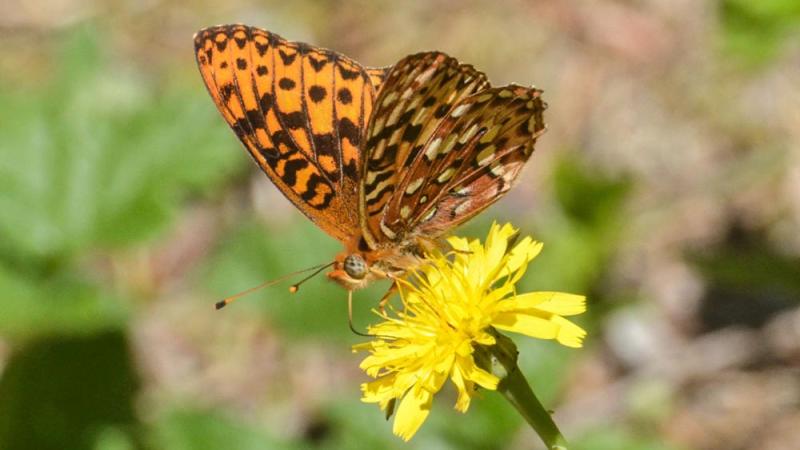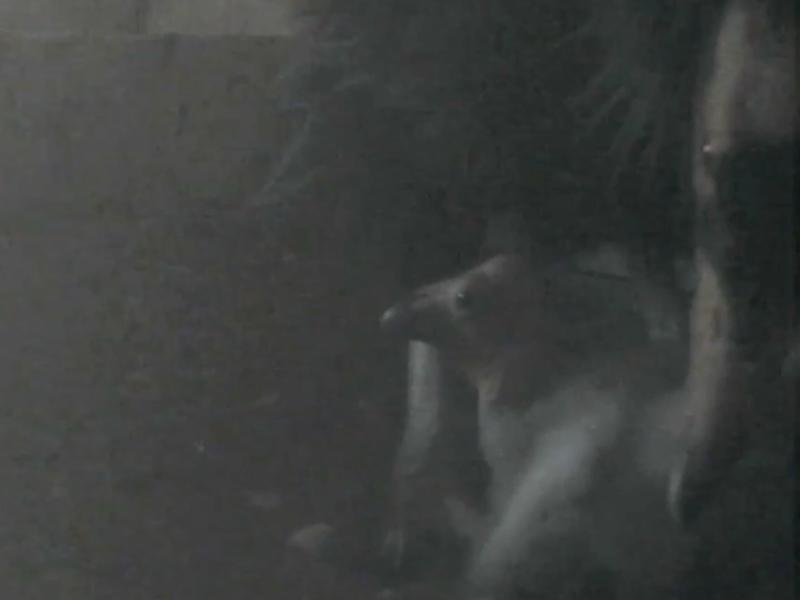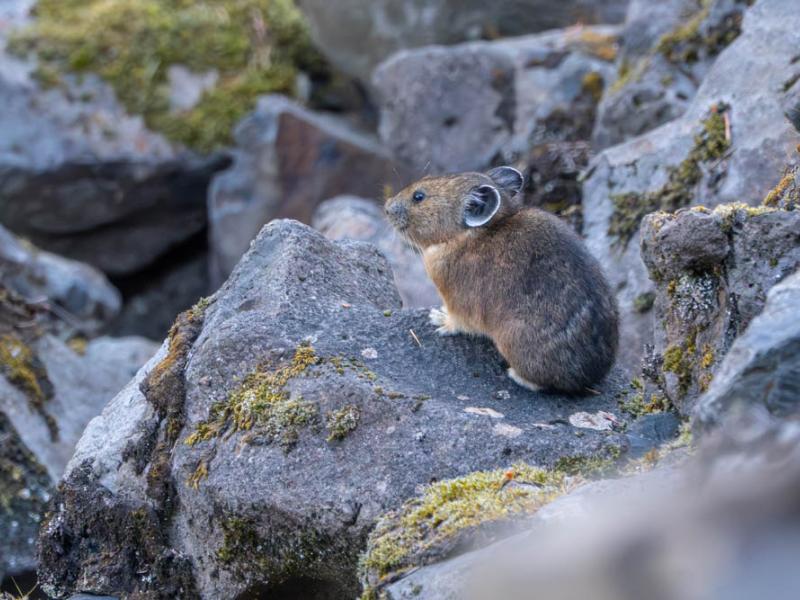Zoo butterfly lab is on track for an eggs-ceptional year

Program aims to boost imperiled populations of the once-common Oregon silverspot
The Oregon Zoo's butterfly conservation lab closed out its busiest egg-laying season in a decade this month: More than 3,800 Oregon silverspot eggs were laid as part of a focused effort to save this imperiled Northwest pollinator.
"We have a passionate and dedicated butterfly team and they are truly making a difference for the wild populations," said Travis Koons, who oversees the zoo's butterfly recovery efforts. "If not for this program, three of the four remaining silverspot populations would probably be extinct."
The Oregon silverspot was federally listed as threatened in 1980, and population numbers have declined continuously over the past three decades. Today, just four isolated populations remain: three in Oregon and one in California.
Wildlife biologists are currently working to establish two more populations, one at Nestucca Bay and another on Saddle Mountain — one of the few spots where early blue violet, the main food source for the caterpillars, still blooms in abundance.
Each summer, female silverspots collected by field biologists with the U.S. Fish and Wildlife Service and U.S. Forest Service are brought to the zoo conservation lab to lay eggs. The eggs hatch into tiny caterpillars, which are kept safe at the zoo over the winter. So far, 2,100 caterpillars have hatched at the lab this year.
In the spring, they wake up to a leafy meal, grow quickly and pupate. Then, when the weather grows warmer, the zoo and its conservation partners transport the pupae to field sites along the Oregon Coast to begin the cycle anew.
This past summer, more than 500 Oregon Zoo-reared silverspots were released among the grassy headlands and salt-spray meadows that make up some of the last remaining habitat for the butterfly.
Once common from northern California up into British Columbia, the Oregon silverspot has vanished from all but four sites due to habitat loss and the disappearance of its host plant, the early blue violet. While the butterflies themselves are small, they are important pollinators and have a big impact on their ecosystem.
The Oregon Zoo works in partnership with the U.S. Fish and Wildlife Service, U.S. Forest Service, Woodland Park Zoo, Coffee Creek Correctional Facility and the Institute for Applied Ecology to rear butterflies and release them into the wild. To learn more about the Oregon Zoo's effort to save Oregon silverspots and other imperiled Northwest species, visit: oregonzoo.org/conserve/species-recovery-and-conservation.
More News

Jolene turns 2: Zoo to celebrate orangutan's 2nd birthday
The littlest member of the orangutan family is celebrating a big milestone this week: Jolene will turn 2 on Saturday.April 12, 2024

Seven chicks and counting: Zoo welcomes first condors of 2024
Seven fluffy chicks hatched last month at the Oregon Zoo’s Jonsson Center for Wildlife Conservation.April 5, 2024

Zoo seeks pika watchers for summer season
The zoo is recruiting volunteers to seek out one of the Columbia River Gorge’s fluffiest residents: the American pika.April 3, 2024

